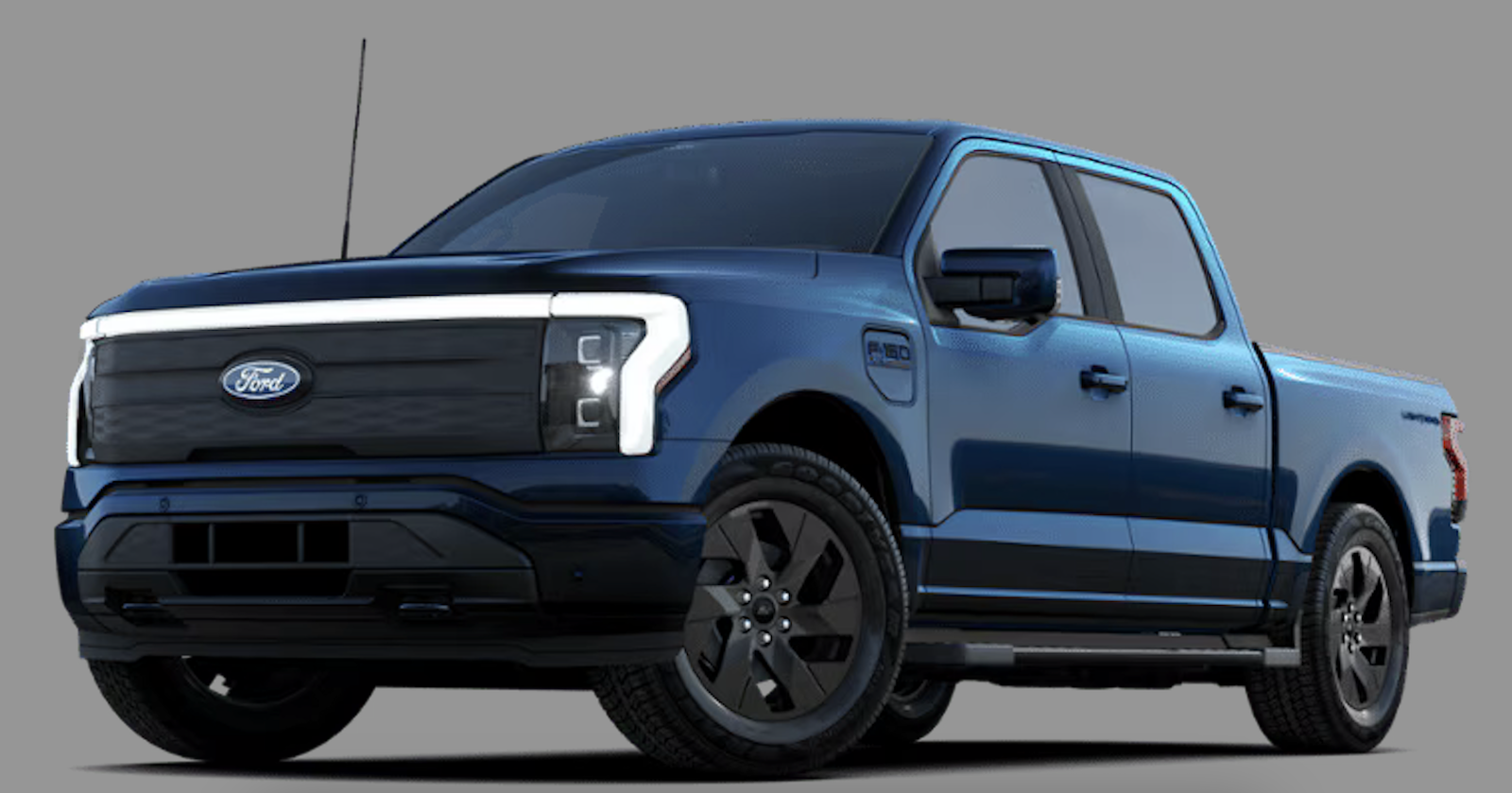What happened to that VW Promise for my ID4 in USA?
It was never promised for the USA market. That's the Volkswagen Europe press release. There's some speculation about compliance in the US market - if any car can provide V2G or V2H in the US, please let us know (V2L does not count) - but regardless, that menu item is hidden in the US (and still is for the 4.x and 5.x software).
Don't feel too bad though. The amount of energy you can discharge during the lifetime of the car is limited. Last time I checked, the mentioned bi-directional charger was above 8K eur (including tax), so around 9,4K USD. Don't think it's sold in the US either. The mentioned "other home power stations" have been a no-show.
You would absolutely not ever get the savings to justify the price of the charger. A separate battery system would probably cost less, if you're into being self-reliant in-case of a power-outage.
-- instead of a Hyundai / Kia EV.
Kia advertises "V2G ready" and is actually providing that in Europe.. in limited numbers in Netherlands only. In addition to that, they've ran a few demos. And of course V2L works fine, so feel free to run your coffee machine from the car.
Apparently Kia
could do V2G in the US with Quasar 2 wallbox. Price seems to be 6,5K USD + tax + installation. Not sure if you're left out because of that either.








